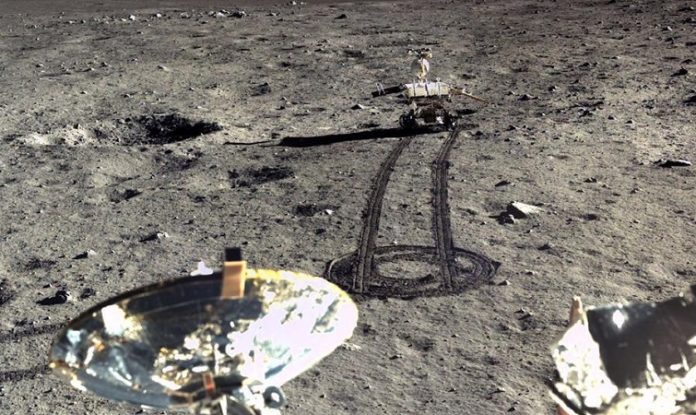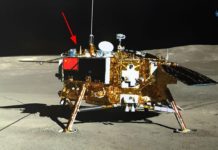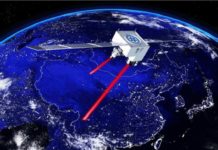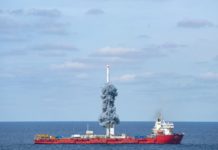On China’s annual Space Day, held on 24 April, officials from the Chinese space programme announced the lunar probe Chang’e 5 will be launched in 2019.
Chang’e 5 was originally planned for launch in 2017, but was pushed back, probably due to the failure of China’s largest launch vehicle the Long March 5 in July 2017. Later, the probe was scheduled for launch in 2018, and has been rescheduled yet again – this postponement, like the first, is also probably due to the Long March 5, which is the nation’s only launch vehicle capable of carrying the probe. The rocket is slated to resume flights in late 2017.
Chang’e 5, which will be China’s fifth lunar mission, will also be its first sample return mission and will aim to collect 2kg of lunar soil and rock samples from the area around the Mons Rümker in Oceanus Procellarum. The probe will carry an orbiter and a lander, which will drill 2 metres into the lunar surface, and will also conduct geological surveys of the moon. In total, the spacecraft will have a liftoff mass on 8200kg.
Before Chang’e 5 launches, however, China will be attempting another lunar mission, the Chang’e 4, which will explore the far side of the moon. Consisting of an orbiter, lander, and rover, the mission will be launched in 2 phases – the first phase, slated for launch in mid-May, will see the Long March 4C launch Chang’e 4’s orbiter, which was recently named Queqiao, or “magpie bridge”. The mission’s lander and rover are expected to be launched in end-2018, and will carry 4 international payloads. Originally scheduled for launch after Chang’e 5, Chang’e 4 appears to be keeping on schedule, probably because it will not use the Long March 5.
Also expected in late 2018 is the launch of India’s second moon mission, Chandrayaan-2, which will probably take place in October 2018. Like Chang’e 5, the Chandrayaan-2 mission has been delayed. The mission will carry an orbiter, lander, and rover, and will attempt a soft landing between two craters, Manzinus C and Simpelius N.








China reached a milestone in space lunar exploration. China just landed on the far side of the moon🌚👏: What comes next?